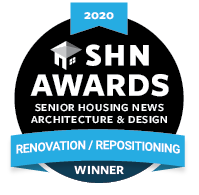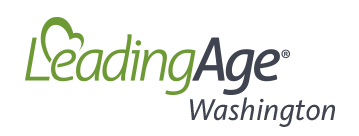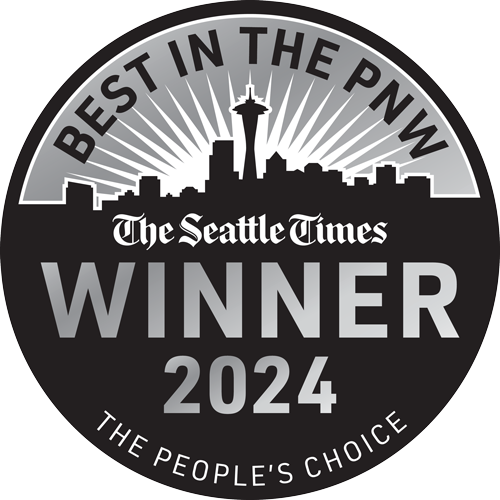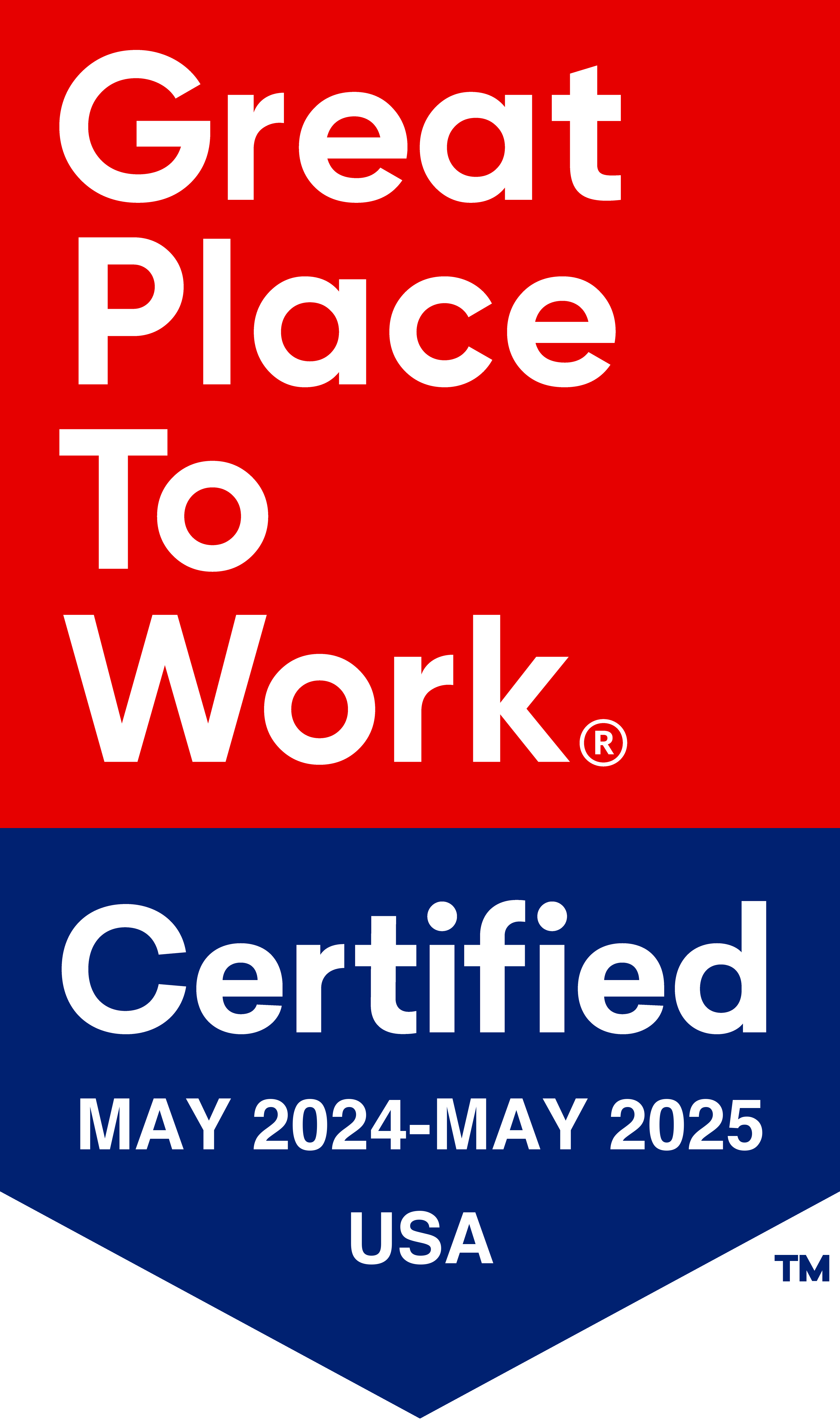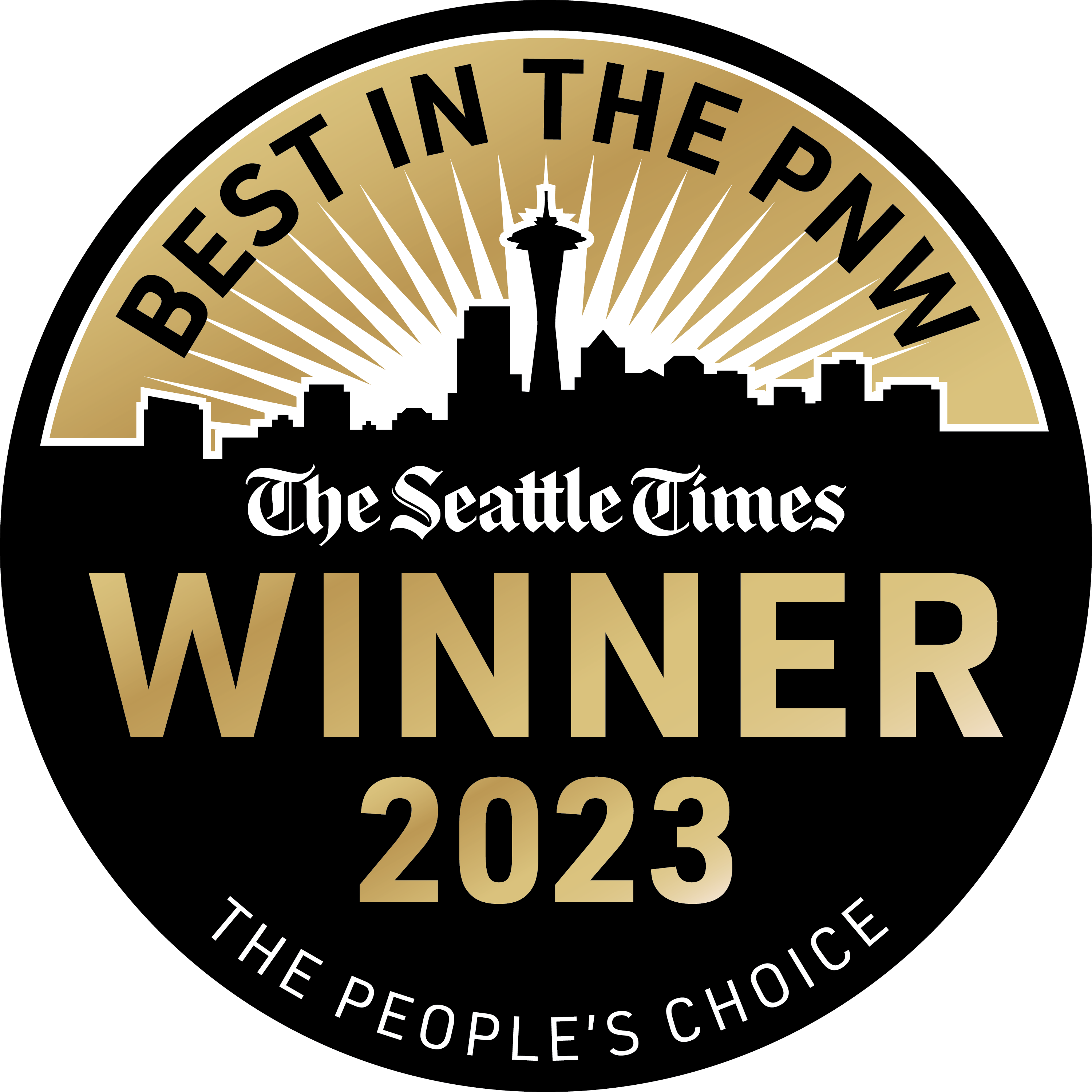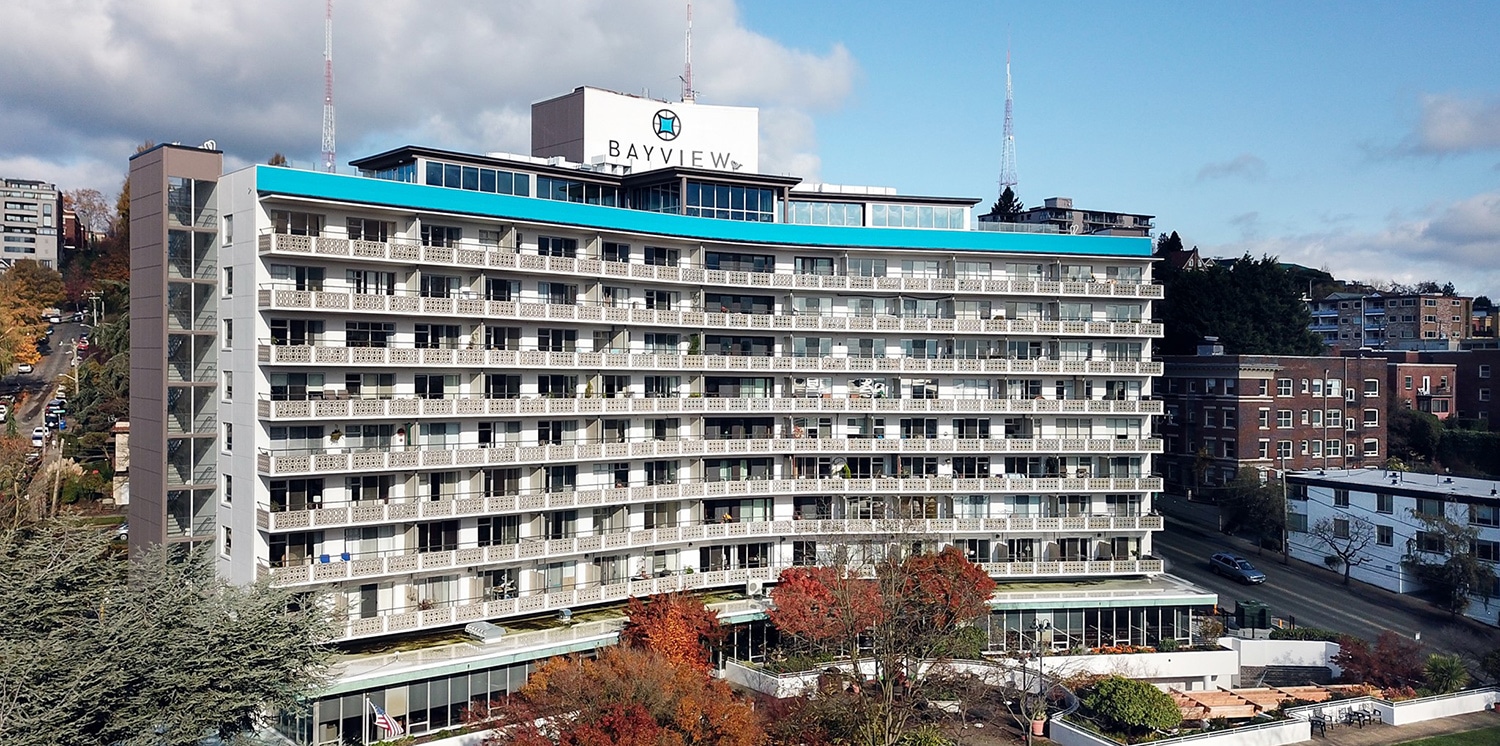
November 9, 2023
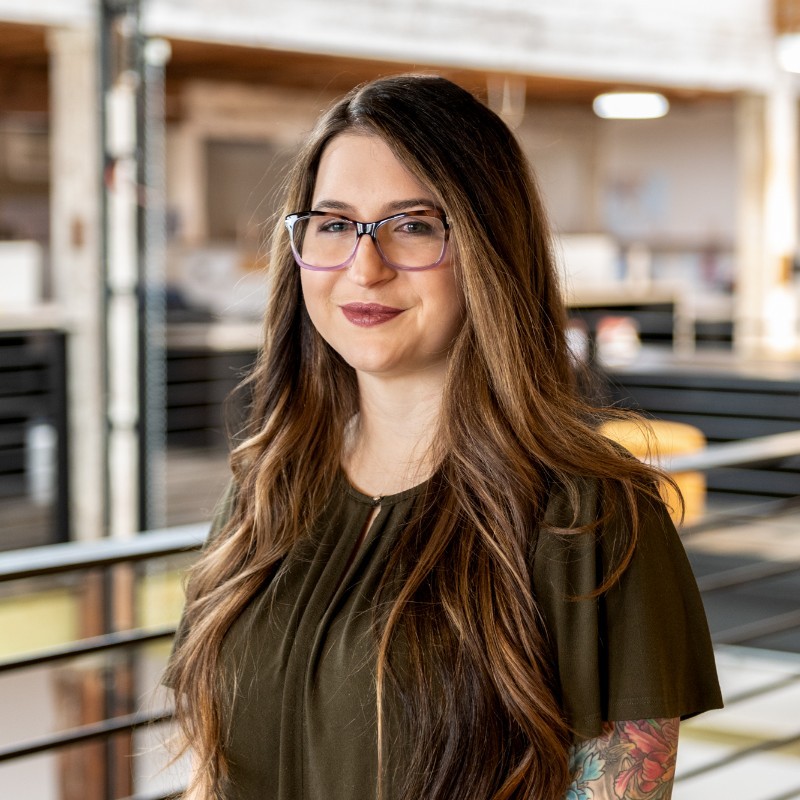
Susie Parsons, NCIDQ (she/hers) is an Associate and Interior Designer at Rice Fergus Miller, an architecture, interior design, and planning firm located in Bremerton, WA. Susie recently received a Certificate in Gerontology from the University of Washington. She has dedicated her career to designing welcoming, inclusive spaces for older adults.
The health benefits of positive social engagement for aging people are proven, and access to a social environment is a primary reason many older people choose to live in a retirement community with their peers. Current research tells us the negative impacts of loneliness and social isolation are on par with other established risk factors for mortality including smoking and obesity. Social isolation is a serious public health risk, and it is important to acknowledge that isolation can occur even within a social environment. Connection is the critical piece, and for some folks that connection or sense of belonging may be harder to find – especially if they are part of the LGBTQ+ community.
The risks for loneliness and related health complications are higher for LGBTQ+ elders, often due to discrimination and barriers to care they may face when it comes to housing and healthcare. Additional risk factors for loneliness include the decreased instances of LGBTQ+ people having children or families available for support, as well as the number of lives lost among their peer group due to HIV/AIDS, lack of resources, and other crises.
Furthermore, many available resources and social settings are geared toward or limited to younger LGBTQ+ people, accentuating a sense of exclusion for older adults in the community. Some people choose to go “back into the closet” when they are older to avoid judgment, mistreatment, and even violence from both peers and providers. This lack of social safety inhibits the sense of belonging and connection, leading to isolation among our neighbors despite their proximity to other people.
Inclusive Culture
A wonderful characteristic of many retirement communities is diversity among resident and staff populations – people come together from many backgrounds and life experiences, all able to share and learn from one another. Cultural competency and mutual respect are essential parts of this community fabric. There are thousands of senior housing communities in the US but only a small percentage identify themselves as being welcoming to LGBTQ+ folks according to online databases. While this may not represent the actual number of affirming or welcoming communities, it does indicate a need for increased visibility and conversation on the subject. If your community is inclusive, do people know? How are you showing them?
Fortunately, many organizations at local and national levels are working to support the specific needs of LGBTQ+ elders and caregivers as well as educate and empower the greater community. SAGE is one national advocacy organization offering robust resources for elders and allies, as well as cultural competency education and certification programs for established residential communities through SAGEcare. Attaining a credential from such an organization can be a great way to bring inclusive practices to the forefront while making it clear to residents and staff that they will be welcome and respected.
We are fortunate to have worked with Bayview Retirement Community, who has incorporated SAGE resources and training into their programming.
Bayview CEO, Nancy Weinbeck, states, “Our journey began with what was seen as a bold move at the time: a Valentine’s Day marketing piece that went out to our local Queen Anne community more than a decade ago, highlighting the love stories of two of our “out” LGBTQ+ residents. That piece helped us attract more LGBTQ+ residents, and our LGBTQ+ community has been growing ever since. In 2021 we made SAGE training a mandatory requirement for all staff to create a more supportive environment not only for our LGBTQ+ residents, but also for our growing LGBTQ+ staff.
Our LGBTQ+ residents are the pioneers of the gay rights movement, having lived through Stonewall, the AIDS crisis, and more. They inform and inspire our staff and other residents, who often have LGBTQ+ family members, and help Bayview become a far more inclusive and diverse community. Their courage impels us to be the best we can be in providing a caring and supportive environment for everyone that calls Bayview home.”
Creating an inclusive community culture involves commitment from leadership and staff, both in establishing policy as well as modeling behavior.
Acknowledging this culture on the community website, in welcome packets, and other literature is an easy way to set the tone as well as provide resources for additional learning. Something to consider in this messaging is that preferences for terminology varies across individuals and generations. The LBGTQ+ acronym is commonly used across the board; however, the ‘Q’ has negative connotations for many older people and is often dropped when addressing this demographic. For example, SGL (Same Gender Loving) is a term sometimes preferred in the older Black community over “gay” or “lesbian.”
Finding the right terminology is important when communicating with people who have been historically labeled in derogatory ways while facing discrimination for their identities; consider mirroring the language residents use for themselves and recognize one size does not fit all.
Activity programming is an important consideration too – for example, are activities focused on shared interest over gender identity? Reviewing current programming and adjusting for inclusivity can be as simple as renaming an event on the activities calendar.
A brief audit and update of existing materials can be a low-cost yet effective way to improve or establish a sense of welcome for prospective and established residents and staff. Utilize available resources, be mindful of fair housing regulations and consider partnering with a consultant for guidance in developing content.
Inclusive Environments
While culture and people are primary drivers in achieving inclusivity, the built environment has a role as well. As designers, we are taught to prioritize the health, safety, and wellbeing of people in our work, because at its core that is what our work aims to enhance. Environments for aging require an even more diligent eye for these details, not only complying with codes but considering how the softer parts of a building play a role in its occupants’ physical, mental, and emotional health. Health, safety, and wellbeing cannot be achieved if people feel unsafe being themselves in their communities.
Open visibility in common spaces can create a sense of safety as occupants can see clearly who is in their surroundings. Appropriate lighting and visibility to exits and windows can enhance that sense of security. Natural light, views to the outdoors and natural plants also encourage relaxation and connection to nature. Providing a variety of seating choices and positions in the space can be very helpful, allowing opportunities for people to sit along the perimeter and engage more passively in addition to central seating areas for social gathering. Spaces should avoid being overly crowded; consider symmetry and balance of physical elements to encourage a sense of calm.
A trauma-informed design approach can promote wellbeing in the environment and help foster that sense of safety. Artwork is also a powerful visual tool and should reflect the diversity and taste of people living in the community.
Gender-neutral restrooms can help eliminate a pain point for many people, though they are not always an option, especially in existing buildings. Single-occupant restrooms that are gendered could possibly be converted to unisex with a simple signage update. Displaying messaging that encourages people to use the restroom aligning with their gender identity can be done without modifying any existing restrooms.
Small moves make big impressions as well – visual cues promoting inclusivity can let people know they are welcome in a place that honors their identity. An AARP study found that 82% of respondents noted the importance of displaying LGBT/SGL welcoming signs or symbols both in physical buildings as well as online. One story that resonated with me involved a woman who knew the prospective life plan community was the right choice for her because they had a small rainbow sticker at their entry door, indicating that her gay son who serves as her primary caregiver and health advocate would be welcome and treated with respect. Displaying signs of inclusion can require minimal cost and effort while having a powerful impact for residents, staff, and families.
While there is much that can be done in existing communities and buildings to support LGBTQ+ elders, there is also much to celebrate with new construction projects like Seattle’s Pride Place, which offers affordable and affirming housing specifically for LGBTQ+ seniors. This project includes an anchor tenant that provides support and services for LGBTQ+ seniors and is located in the heart of the iconic Capitol Hill neighborhood, allowing many elders to “return home” to a place with personal significance. Affordability of housing is critical as data tells us that LGBTQ+ individuals face disproportionate rates of poverty, housing and economic instability, and other disparities. Affirming housing needs to be both inclusive and accessible to a broad demographic.
Inclusivity for All
I am writing about this topic not only because I desire inclusivity for myself and my loved ones, but because every person deserves to feel respected, safe, and welcomed in the place they call home regardless of their identity. Isolation is detrimental to human health, but the solution to isolation is readily available; we can all take part in honoring our neighbors and contributing to a respectful social culture. I want to acknowledge the many established communities, including our clients like Bayview, that are actively changing this narrative and making tremendous strides to support their residents and staff – continue to be loud and proud in this work, and people will find their place to belong.
For further resources, please explore www.SAGEusa.org and the National Resource Center on LGBTQ+ Aging https://www.lgbtagingcenter.org/
Susie Parsons, NCIDQ (she/hers) is an Associate and Interior Designer at Rice Fergus Miller, an architecture, interior design, and planning firm located in Bremerton, WA. Susie recently received a Certificate in Gerontology from the University of Washington. She has dedicated her career to designing welcoming, inclusive spaces for older adults.
